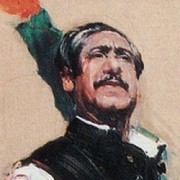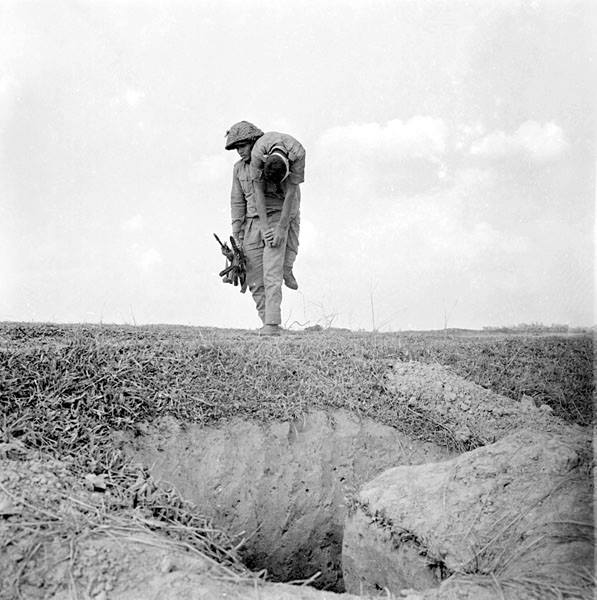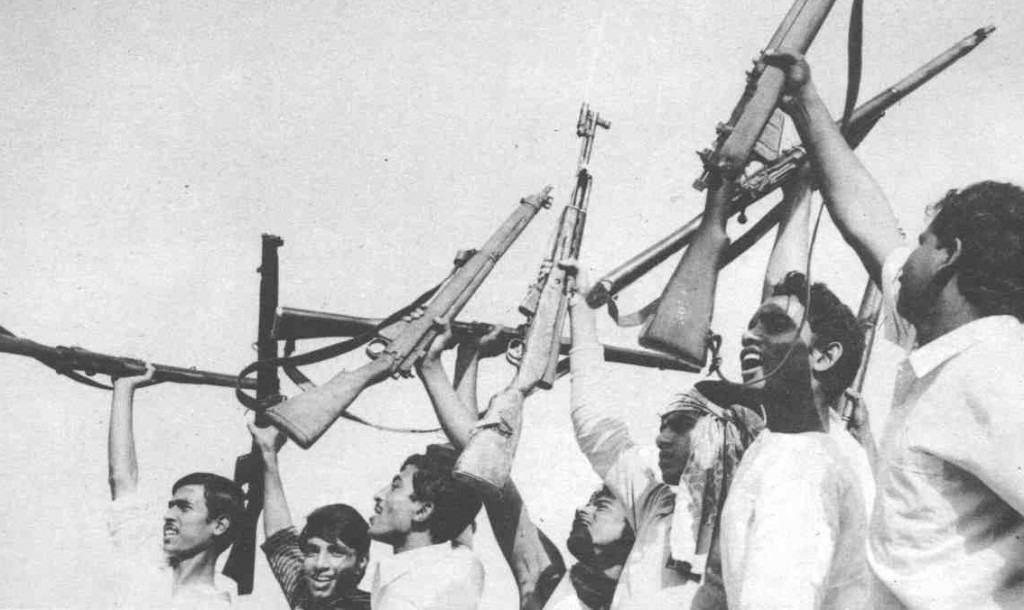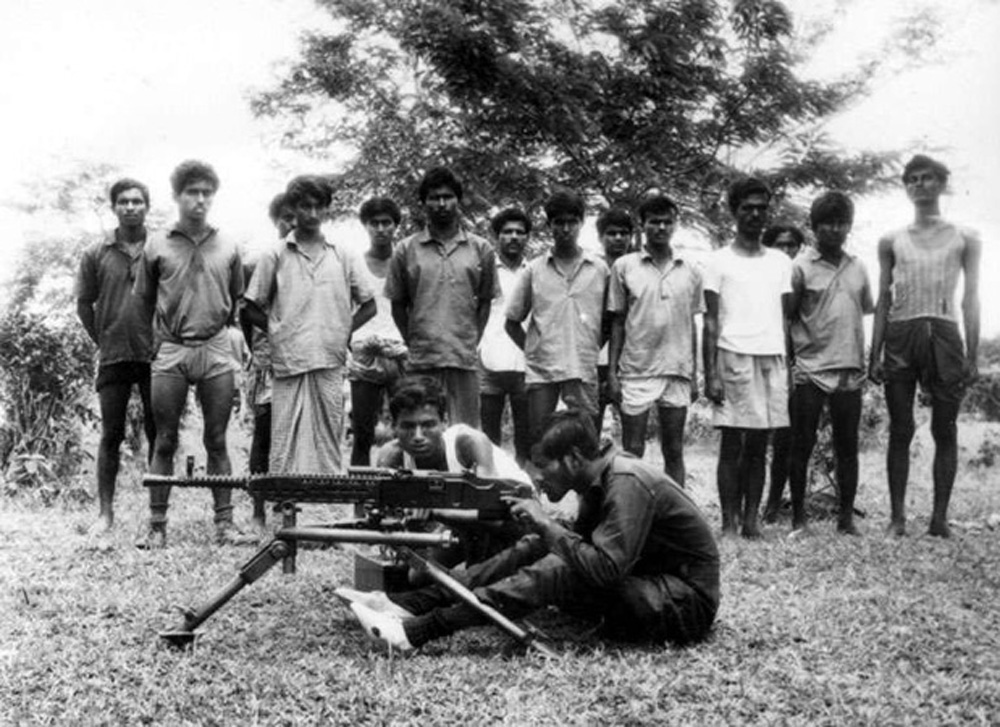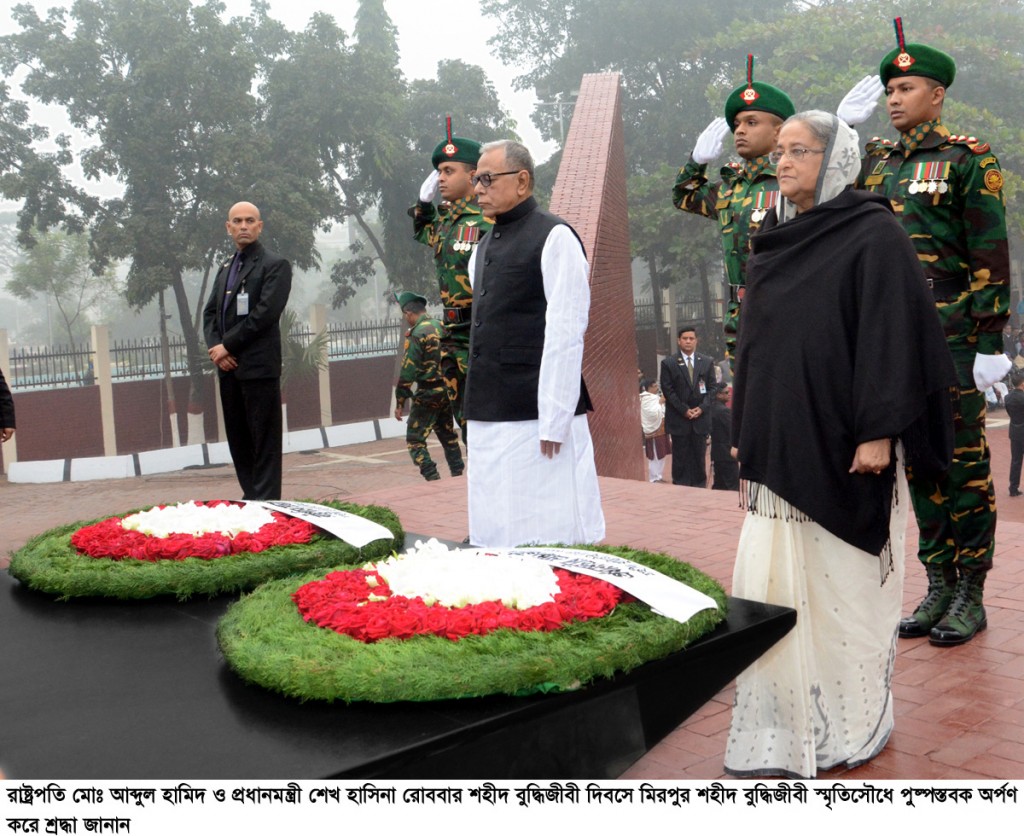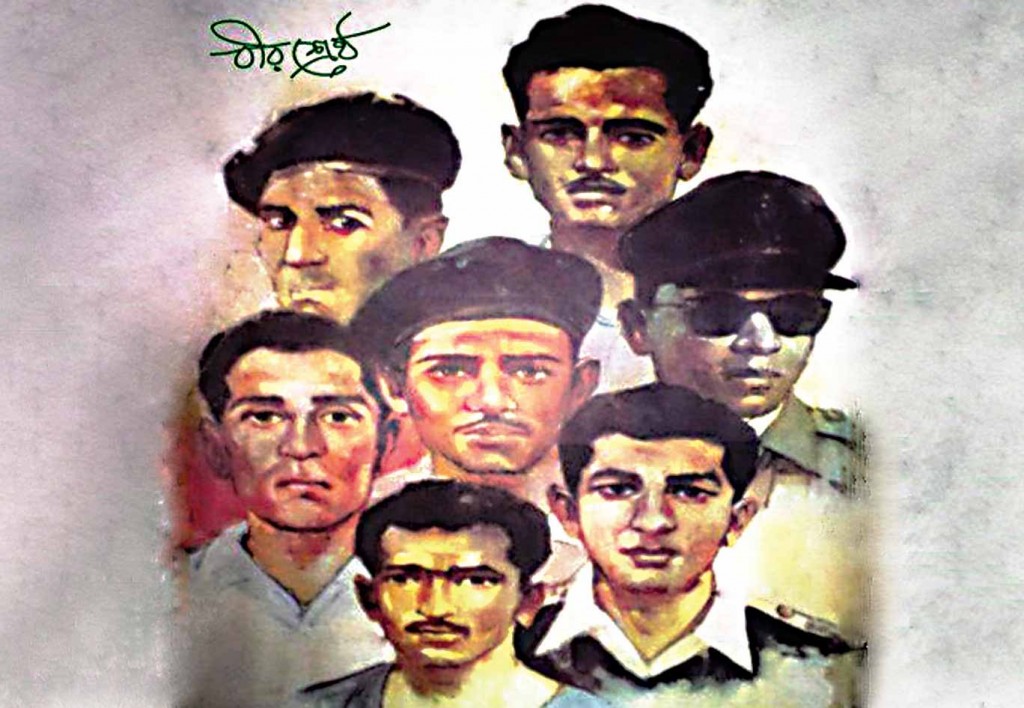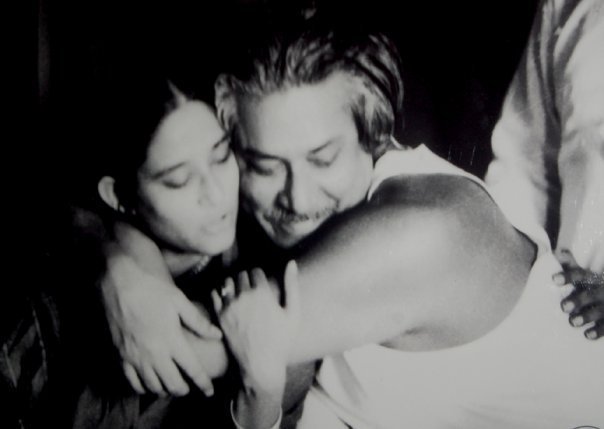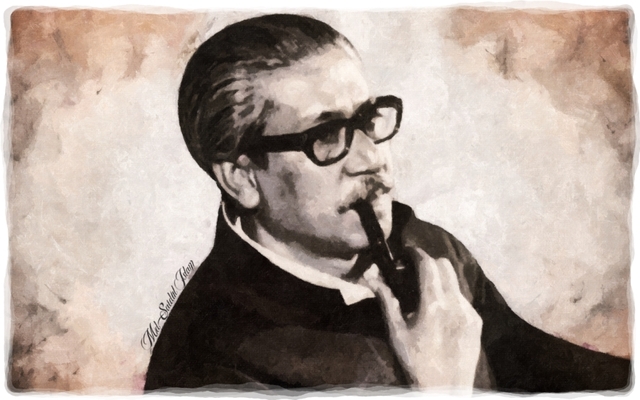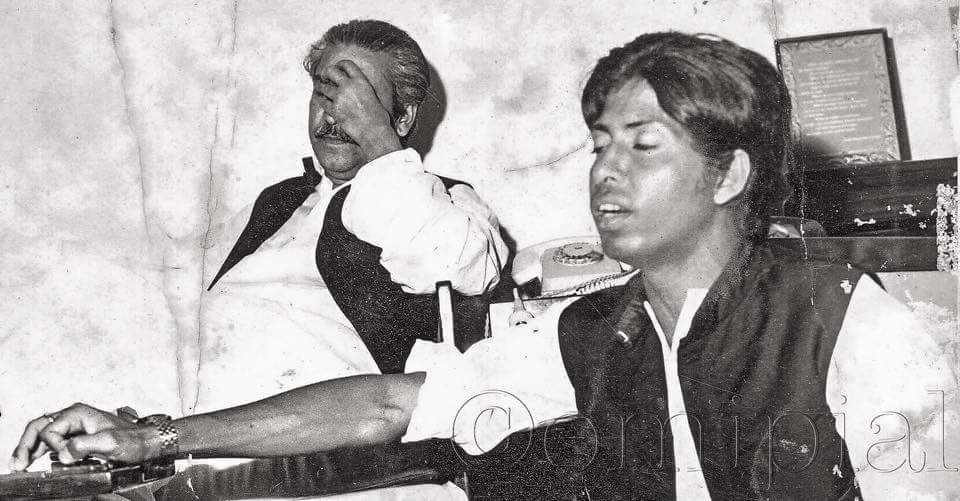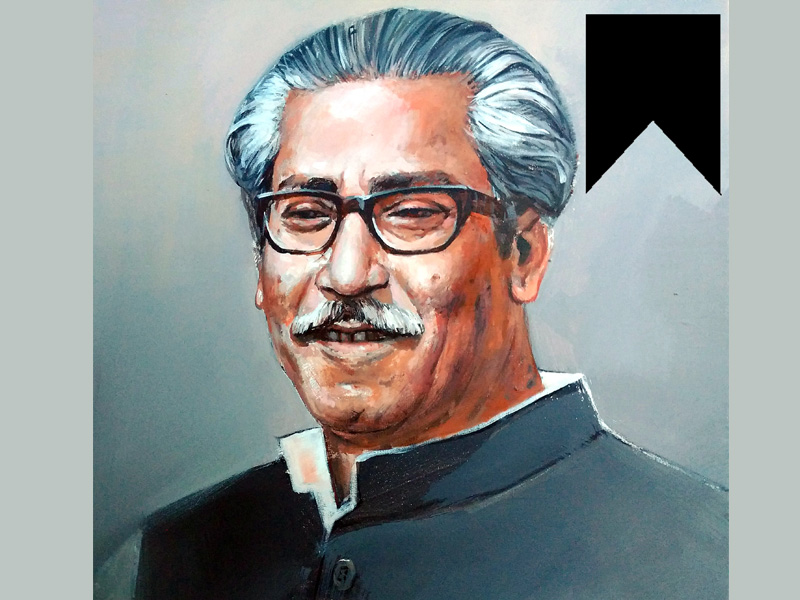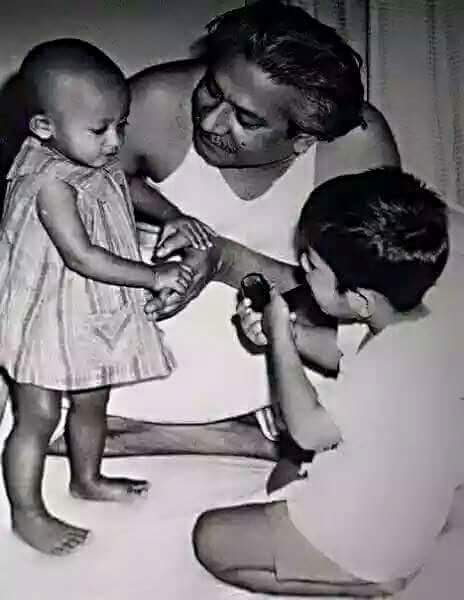44th Victory Day: Rise of Bangladesh and Beyond
e-NewsDesk- DHAKA, Dec 15, 2014 : The nine-month long War of Liberation waged by the people of Bangladesh in 1971 will for ever remain recorded as one of the most glorious chapters in human history. The sovereign and independent People’s Republic of Bangladesh, as it stands today, is the outcome of an arduous struggle of the people under the leadership of Bangabandhu Sheikh Mujibur Rahman.
The very nomenclature of the country, the declaration of independence, proclamation of the glorious War of Liberation, the national flag- the crimson sun on the canvas of green and the inspiring national anthem – all these we owe to his inspiring and unique vision and courage. He served to shape the history and aspirations of his people. He rejuvenated them with the indomitable and unbending spirit of Bengalee Nationalism, charged them with unprecedented courage, valour, resilience and granite-like unity and triggered off an armed struggle for freedom- the like of which the world rarely witnessed before.
As usual, the Victory Day is a joyous celebration for Bangladeshis all over the world, in which popular culture plays a great role. TV and radio stations broadcast special programs and patriotic songs. The main streets have been decorated with national flags. Different political parties and socioeconomic organizations undertook programs to mark the day in a befitting manner, including the paying of respects at Jatiyo Smriti Soudho, the national memorial at Savar near Dhaka. the nation observed the Martyred Intellectuals Day commemorating the murders of the country`s golden sons and daughters on this day in 1971 just before the ultimate victory on December 16 after nine-month war with the Pakistani occupation forces.
Liberation War: Initiation
The Liberation War did not start overnight. It had been brewing for 23 years. Ever since the birth of Pakistan in August 1947, the Bengalees first felt ignored in the scheme of the country’s governance and gradually found themselves deprived and exploited by the power elite dominated by the West Pakistani bureaucrats, the military and the big businesses.
Although they constituted the majority of the country’s population, the Bengalees of the eastern wing had a very poor representation in the civil services and the armed forces and had almost no place in commerce and industry. At the political level, their voice was stifled in the name of security of the realm and the bogey of mighty Hindu India’s constant threat to the existence of Islamic Pakistan which had its two wings separated by nearly 1200 miles of Indian territory. The Muslims of the eastern wing were regarded as inferior Muslims and no effort was spared to cleanse them and make them as ‘good as the Muslims of West Pakistan.
Historic Six-Points
By 1958, Pakistan went under military dictatorship blocking normal avenues for a political resolution of the constitutional issue. In September 1965, Field Marshal Ayub Khan fought his country’s second costly war with India, exposing the military vulnerability of the eastern wing, and also made a costly experiment with democracy in getting himself elected as President through a ridiculously limited franchise of 80,000 ‘basic democrats’ It was against this background that Bangabandhu Sheikh Mujibur Rahman put forward in 1966 his historic six points which, in effect, structured the foundation for East Pakistan’s future independence. The proposal suggested:
1. Pakistan should be a federation of states with parliamentary system of government;
2. Only defence and foreign affairs should remain with the federal government;
3. There should either be separate currencies for the two wings or one currency for the whole country with its inter-wing flow to he regulated by the reserve banks of the two wings;
4. Taxes to be levied only by the regional governments, but a specified portion will automatically go to the federal account;
5. Separate accounts to be maintained for foreign currencies earned by each region; and
6. A separate militia or a paramilitary force to be created for the eastern wing.
Historic genocide and bloodshed
The Liberation War which resulted in the secession of East Pakistan from the Islamic Republic of Pakistan and established the sovereign nation of Bangladesh. The war pitted East Pakistan and India against West Pakistan, and lasted over a duration of nine months. One of the most violent wars of the 20th century, it witnessed large-scale atrocities, the exodus of 10 million refugees and the displacement of 30 million people.
The people quickly woke up to the warnings their leader had sounded time and again about the evil designs of the Pakistani military and the directives Bangabandhu Sheikh Mujibur Rahman had issued about building up resistance with whatever they had. They soon turned their anger into determination to beat back the occupying military at their own game. That meant no immediate direct confrontation at the strategic positions of the enemy troops, but employment of guerrilla tactics to drag them out of their fortresses and force them to spread out into the country-side which was the freedom fighters’ home ground.
On 16 December 1971, Lieutenant General Amir Khan Niazi, CO of Pakistan Armed Forces located in East Pakistan signed the Instrument of Surrender. The Instrument of Surrender was a written agreement that enabled the surrender of the Pakistan Eastern Command in the Bangladesh Liberation War, and marked the end of the Indo-Pakistani War of 1971 in the Eastern Theater.
The surrender took place at the Ramna Race Course in Dacca on December 16, 1971. Lieutenant General Amir Khan Niazi and Lieutenant General Jagjit Singh Aurora, Joint Commander of Indian and Bangladesh Forces, signed the instrument amid thousands of cheering crowds at the race course. Air Commodore A. K. Khandker, Deputy Commander-in-Chief of the Bangladesh Armed Forces, and Lieutenant General J F R Jacob of the Indian Eastern Command, acted as witnesses to the surrender. Also present were Vice-Admiral Mohammad Shariff, commander of the Pakistani Naval Eastern Command and Air Vice-Marshal Patrick D. Callaghan of the Pakistan Air Force’s Eastern Air Force Command, who signed the agreement. On behalf of Bangladesh, Air Commodore A. K. Khandker acted as witness to the surrender. Lieutenant General Jacob Rafael Jacob, Chief of Staff of the Indian Eastern Command, along with the other commanders of Indian naval and air forces, acted as witnesses on behalf of India. Aurora accepted the surrender without a word, while the crowd on the race course started shouting anti-Niazi and anti-Pakistan slogans.
Participation of ‘Muktibahini’ (Freedom Fighters)
Mukti Bahini or Liberation Army, also termed as the “Freedom Fighters” was a guerrilla force which fought against the Pakistan Army during the Bangladesh War of Independence in 1971.
The earliest move towards forming the liberation army came from the reading of declaration of independence by major ziaur rahman of East Bengal Regiment on behalf of Sheikh Mujibur Rahman. He had defected after the 25th March crackdown of Pakistani Army on Bangladeshi Forces. In the declaration made from Kalurghat Betar Kendra (Chittagong) on 27 March 1971, Zia assumed the title of “provisional commander in chief of the Bangladesh Liberation Army”.
Statistics of Freedom Fighters
Maj. Gen. K.M. Shafiullah, the commander of Sector-3 and later commander of S-Force during the War of Liberation, and later the first Chief of Army Staff of Bangladesh Army gives as estimate in his book “Bangladesh in Liberation War” as follows:
Sector-1 5,000
Sector-2 20,000
Sector-3 15,000
Sector-4 5,000
Sector-5 5,000
Sector-6 5,000
Sector-7 5,000
Sector-8 9,000
Sector-9 4,000
Sector-11 7,000
Total 80,000
The above is the number of Freedom Fighters under of the Bangladesh government in exile. The estimate for other smaller forces are as follows:
Mujib Bahini 10,000
Kader Bahini 5,000
Hemeyet Bahini 1,500
Others 10,000
Sub-total 25,500
Grand Total:105,000
Martyred Intellectuals Day
14th December is observed as Intellectual Martyrs Day in Bangladesh in memory those bright souls who fall victim to a brutal military regime two days before West Pakistan surrendered.
The martyred intellectuals include Munir Chowdhury, Dr Alim Chowdhury, Muniruzzaman, Dr Fazle Rabbi, Sirajuddin Hossain, Shahidullah Kaiser, Gobinda Chandra Dev, Jyotirmoy Guha Thakurta, Santosh Bhattacharya, Mofazzal Haider Chowdhury, Khandaker Abu Taleb, Nizamuddin Ahmed, SA Mannan (Ladu Bhai), ANM Golam Mustafa, Syed Nazmul Haq and Selina Parvin.
President, Prime Minister and Opposition Leader each year pay their respects at the Mirpur Intellectual Martyrs Mausoleum in the morning. Hundreds of people also gather at the Memorial to honour the intellectuals who were murdered in the killings fields of Rayerbazaar in the very last days of the War.
Bir Sreshto: The Most Valiant Heroes
The Bir Sreshtho title is the highest military award of Bangladesh. It was awarded to seven freedom fighters who showed utmost bravery and died in action for their nation. They are considered martyrs.
The Bir Sreshtho title was awarded by the Bangladesh Gazette 15 December 1973. It has been given to seven people. Listed below are the people who have received the Bir Srestho.
Shaheed Lance Naik Nur Mohammad Sheikh
Shaheed Flight Lieutenant M Matiur Rahman
Shaheed Naik Munshi Abdur Rouf
Shaheed Md. Ruhul Amin
Shaheed Sepoy Hamidur Rahman
Shaheed Sepoy Mostafa Kamal
Shaheed Captain Mohiuddin Jahangir
Ek Shagor Rokter Binimoye (Video) Singer: Swapno Rai, Lyrics: Gobind Halder, Tune: Apple Mahmud
Sources: Bangladesh Online News, Bangladesh Genocide Archive, Wiki, i-Bangla Limited, Bangabandhu.com.bd and DoinikBarta

